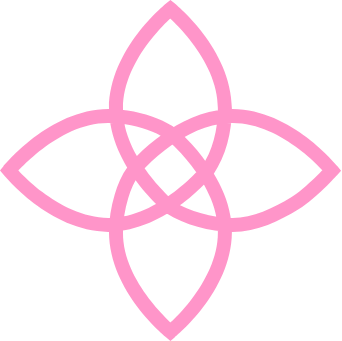Understanding Your Ovaries: The Vault and Reproductive Lifespan
Your Ovaries and the Egg Vault
Imagine your ovary as a vault where all your eggs are kept. Every month, a group of eggs comes out of that vault, and this process starts even before you're born. Here’s a timeline of what happens:
At five months in utero: You have the highest number of eggs you will ever have—about 6 to 7 million.
At birth: The number decreases to about 1 to 2 million.
At puberty: You have around 100,000 to 200,000 eggs.
Over your lifetime: You will ovulate about 400 eggs at most.
Menopause: You reach a point where there are no longer enough eggs to respond to hormonal signals from the brain.
This natural decline in egg count happens to everyone and is an inevitable part of aging.
How Your Ovaries Release Eggs
Each month, your ovary releases a group of eggs, and this happens even before you ever get your first period. Every egg grows inside a follicle, a fluid-filled structure visible on ultrasound, but the egg itself is microscopic.
When your ovaries are full of eggs, more are released each month.
As your egg count declines, fewer eggs are released monthly.
The "vault keeper" inside the ovary determines how many eggs to send out based on how full the ovary is.
The Role of Hormones in Puberty and Ovulation
Puberty isn't just about getting your period—it’s the maturation of your brain, ovaries, and adrenal glands.
The brain starts sending out follicle-stimulating hormone (FSH) to encourage egg growth.
Before ovulation, estrogen levels rise until they trigger a luteinizing hormone (LH) surge.
This LH surge causes a follicle to rupture, releasing the egg—this is ovulation.
After ovulation, the follicle transforms into the corpus luteum, which produces progesterone to support a potential pregnancy.
If pregnancy does not occur, progesterone levels drop, signaling the uterus to shed its lining—this is your period.
Understanding Egg Loss and Ovarian Reserve
Egg loss is continuous, regardless of external factors like birth control or pregnancy. Important facts:
You lose the most eggs before birth. The most dramatic loss happens between 5 months in utero and birth.
Birth control doesn’t preserve eggs. Your body continues releasing eggs from the vault each month, but they do not ovulate—they simply die off.
Pregnancy and breastfeeding do not stop egg loss. Even if you're not ovulating, eggs continue to be lost every month.
Menopause occurs when the ovary no longer has enough eggs to respond. The brain keeps sending high levels of FSH, but the ovary cannot produce a response.
Signs of Declining Ovarian Reserve
As you approach menopause, you may notice changes in your cycle:
Shortening cycles: Your cycle interval becomes shorter because eggs are responding faster to FSH.
High estrogen and low AMH: Early signs of ovarian aging include a drop in Anti-Müllerian Hormone (AMH) and increased estrogen levels.
Longer cycles and skipped periods: As your ovarian reserve gets very low, it takes longer for the brain’s signals to stimulate an egg to grow.
Once you have gone 12 months without a period, you are officially in menopause.
How We Measure Ovarian Reserve
We can assess your ovarian reserve using these tests:
Anti-Müllerian Hormone (AMH): The most reliable test, made by the cells surrounding follicles. A higher AMH indicates a greater number of eggs.
Follicle-Stimulating Hormone (FSH): Measured on cycle days 2-3. Higher FSH indicates lower ovarian reserve.
Antral Follicle Count (AFC): An ultrasound measurement of how many small follicles are visible in the ovaries.
Typical AMH levels by age:
30 years old: AMH ~2-4, AFC ~20
35 years old: AMH ~1.5-3, AFC ~15
40 years old: AMH ~1-1.5, AFC ~10
Does Egg Freezing or IVF Make You Run Out of Eggs Faster?
It does not. When we do egg freezing or IVF, we can only retrieve the eggs that were already recruited from the vault that month. These eggs would have been lost if we didn’t retrieve them. You’re not using up more eggs—you’re just giving those eggs a chance instead of letting them die.
Final Thoughts
Your ovarian reserve is unique to you, and a single test only tells us where you are right now—not where you started or how fast you're losing eggs. Understanding this process helps you make informed decisions about your reproductive health.

